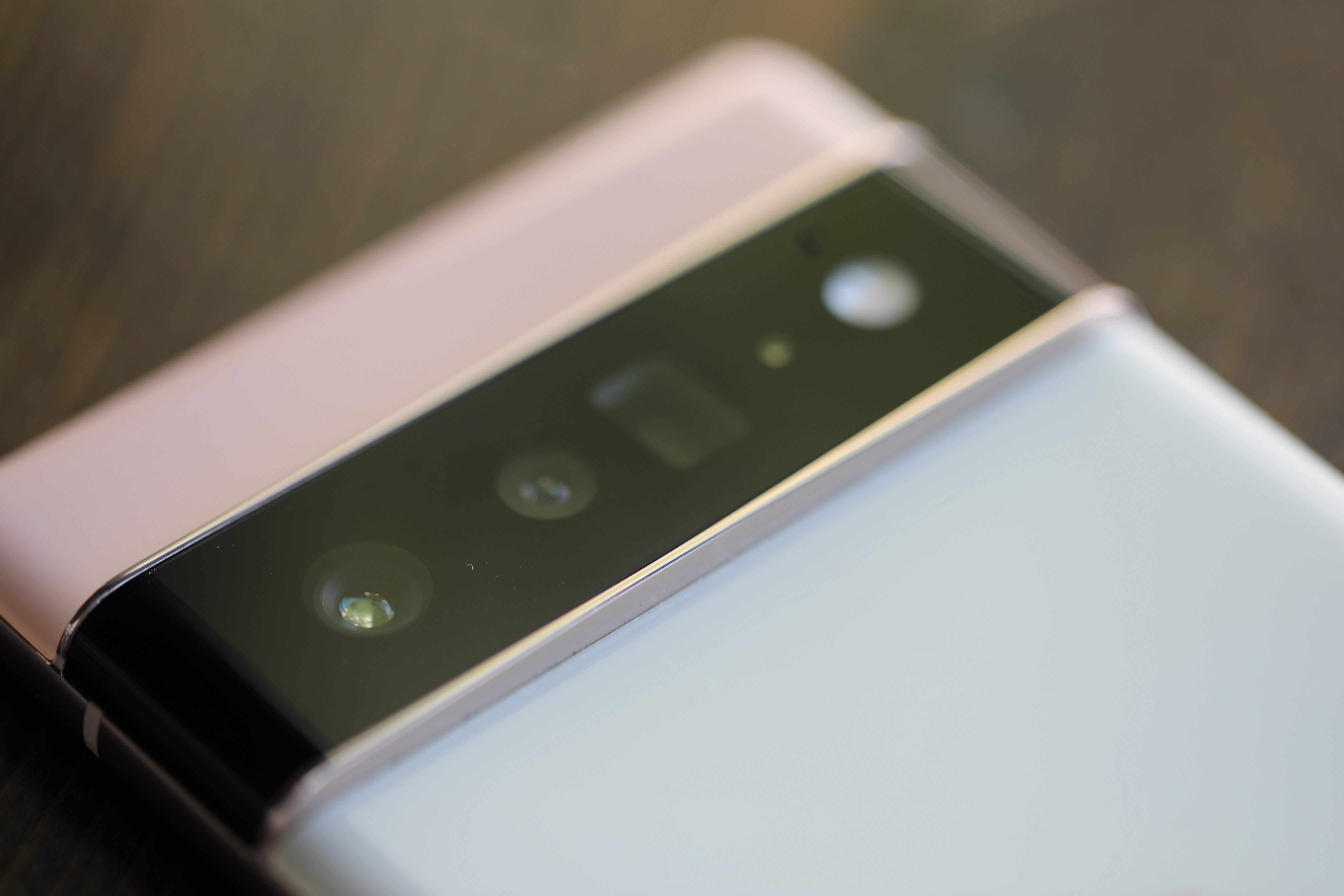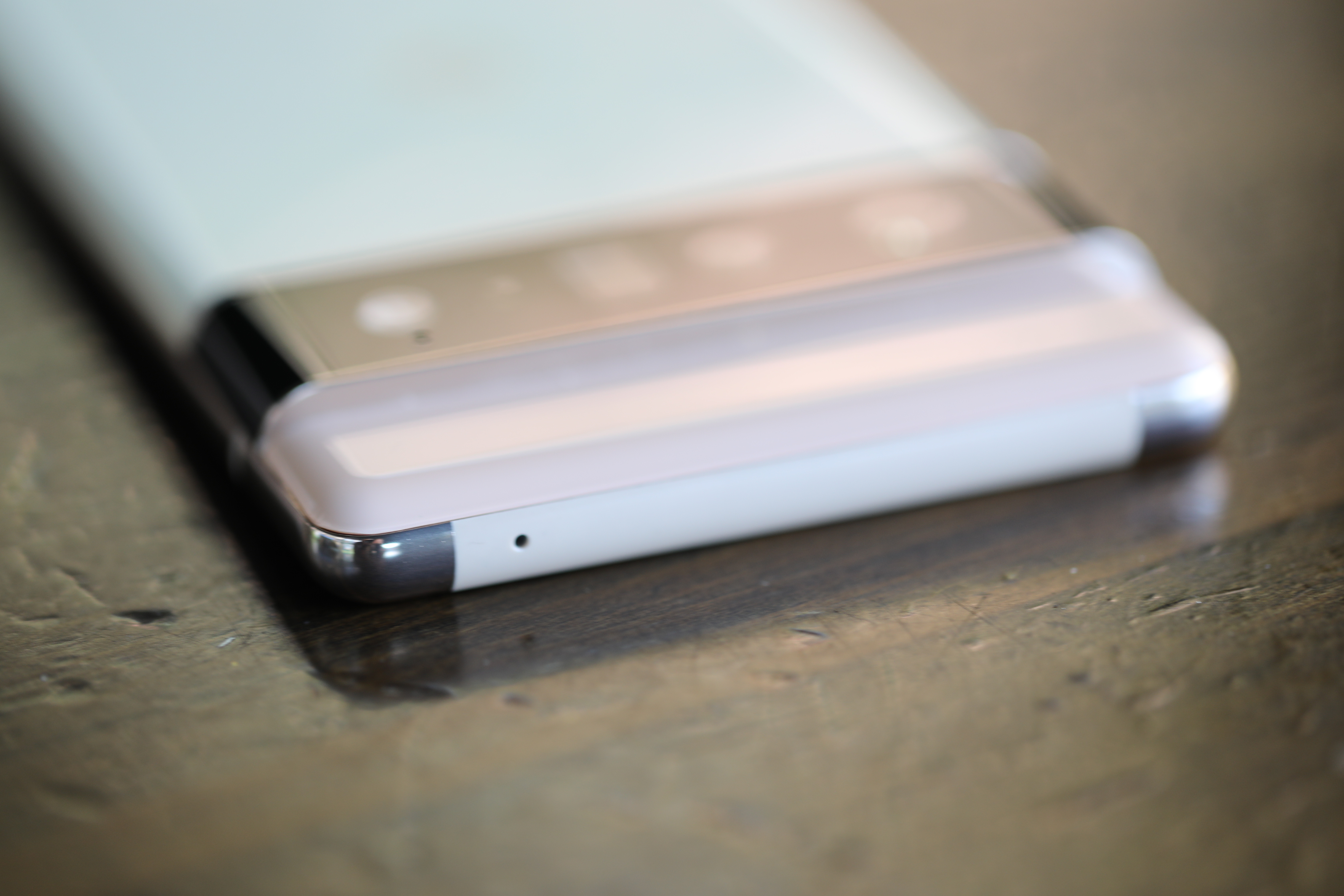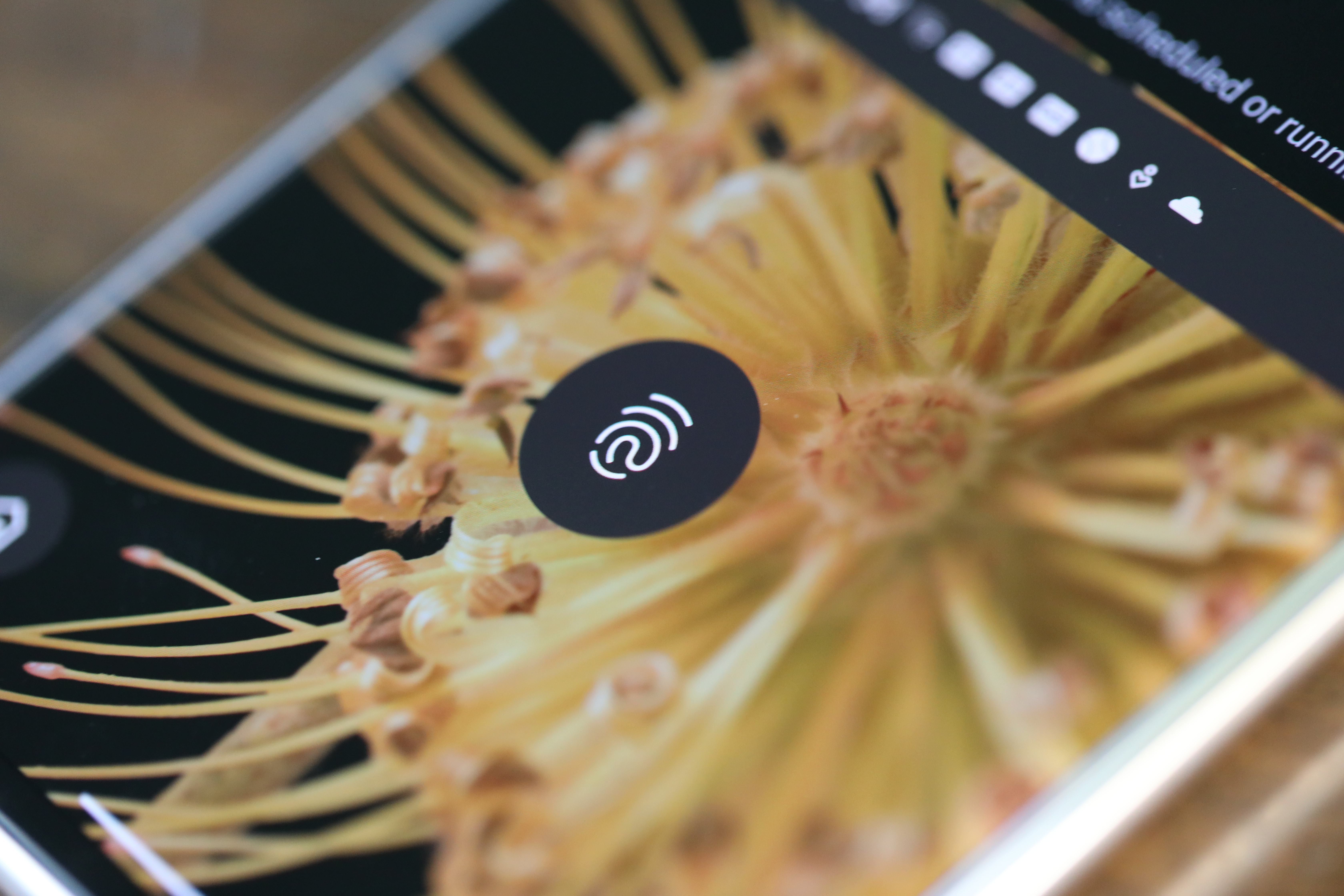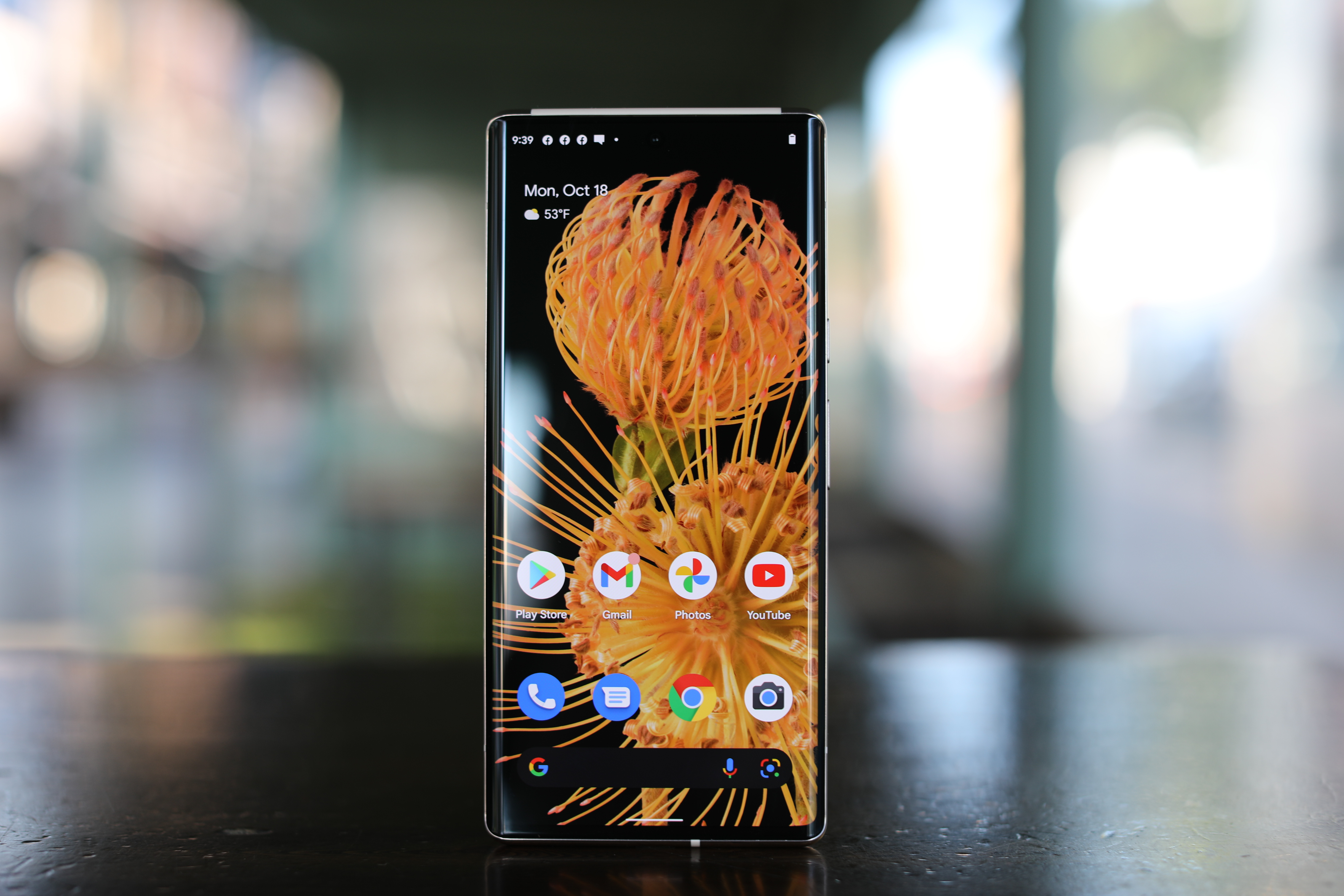Google Pixel 6 Pro review – ProWellTech
You only get so many Hail Mary passes in consumer electronics. Even among the biggest companies. Take a look a Microsoft’s long-standing mobile phone ambitions. Even a $7.2 billion acquisition of the once-dominant Nokia couldn’t buy the company a place at the table with Apple and Samsung.
Some earlier false starts aside, Google’s mobile hardware ambitions have been — on the whole — more successful. But the Pixel line has never had the major hit the company needs to justify the resources spent on the category. The devices have largely felt like, at best, a showcase for some of the cool stuff Google is working on in mobile software and ML and, at worst, a kind of also-ran.
It’s frankly been strange to see the company struggle to make waves, though entering a field as crowded as smartphones was never going to be easy. And it’s doubly difficult to make a dent when, on the whole, flagship smartphones are all pretty good and continued dominance in the space is largely the result of forward momentum. Adding to Google’s troubles is a long-standing insistence that the true breakthroughs are all happening on the software side.
It’s an interesting thesis, to be sure, that Apple, Samsung and the like are essentially wasting their time waging a war of specs. There’s something to the idea, but in its current state, at least, it’s simply not possible to be hardware agnostic. Artificial intelligence and machine learning are, undoubtedly, growing in importance, but camera lenses, displays and processors all still matter. At least for now.

Last May, it was revealed that key members of the Pixel team had left the company. It was part of a big rethink, one reaching back even further. This August, CEO Sundar Pichai noted that the company has been working on its own in-house silicon for four years. As far as Hail Mary passes go, weaning yourself off chipmakers like Qualcomm is a big one. And it needs a big phone to go with it.
Released this time last year, the Pixel 5 was the last vestige of the old way. Big changes don’t happen overnight — or even in a year when it comes to major electronics product lines. Unfortunately for Google, news of its minor restructuring got out ahead of the phone’s release, and even the company had to acknowledge that better days were ahead. The Pixel 6 isn’t make or break for the line, but after generations of uninspiring sales, it needs to prove that things are heading in the right direction.
And by those standards, the phone is a rousing success.

Image Credits: Brian Heater
It stands in opposition to Google’s spec agnosticism as a testament that great software still requires great hardware. The Pixel 6 isn’t a cutting-edge, overclocked spec machine, by any stretch, but it stands as an example of what Google’s ever-impressive software can do when given the proper hardware.
From the moment you grab the Pixel 6 Pro, it’s clear there’s something different here. The handset feels more like something produced by Samsung than of its Pixel predecessors. It’s got a size and a heft reminiscent of the Galaxy line, an aesthetic quality only enhanced by the curved glass edges.
One of the things that honestly surprised me most the day of the announcement was how polarizing curved glass is in the online community. Here, its usage is primarily aesthetic, rather than attempting to jam in any kind of edge functionality, à la Samsung. The biggest argument I’ve heard against it is the risk of accidentally triggering the touchscreen when picking up the phone by the sides. It’s not a problem I’ve encountered, and honestly, I’m fairly curved screen-agnostic on the whole.

Image Credits: Brian Heater
The 6 Pro display is 6.7 inches, a QHD+ (3120 x 1440) OLED at 512 ppi. It’s nice, big and bright, with a max refresh rate of 120 Hz. The standard 6 sports a 6.4-inch display at 411 ppi and 90 Hz. You can’t really go wrong either way, but the Pro is a nice upgrade on that front. The front-facing camera is a pinhole design, obscured by the default wallpaper.
There’s also an in-screen fingerprint reader at the bottom, which unlocks the phone quickly. The display is covered with Gorilla Glass Victus, with Gorilla Glass 6 on the rear. The upper-third of the back is monopolized by a large, distinct camera bar. I like it from a design standpoint — it’s a nice change from the standard square the competition has all gravitated toward.
It’s a significant bump, which means the phone sits at an angle while on its back. The addition of the standard case largely negates this effect, however. The one other concern with the camera placement is that you may have to be a bit more mindful of where you place your hands while shooting in landscape mode. Again, I didn’t run into any issues on that front, and if you do, it’s easily corrected.
There’s a slight color difference in the glass above and below the camera bar. It’s really just a fun little flourish — something the company did with the power buttons on older Pixel units. It’s clear Google is still working to develop to distinguish itself from the lookalike competition. Thankfully, it’s just a subtle touch. The whole of the design language tastefully rides the line between boring and outlandish.
The camera system is probably the ultimate example of how good software and hardware play off each other. I was testing the Pixel 6 Pro at the same time as the Surface Duo, and particularly in mixed or low light, it really was night and day (so to speak), in spite of the Microsoft device having a solid camera rig.
Turns out developing your own camera system for several generations pays dividends. I really liked the shots I was able to capture on this thing. The 4x optical zoom on the Pro is a nice touch, as well. It can go up to 20x digital, but even with Google’s computational photography, you start to introduce noise into the image quickly.

In addition to the standard suite of Pixel camera features comes some cool new tricks. Magic Eraser is similar in principle to Photoshop’s Content Aware Fill tool. Rub your finger on top of an unwelcome background image and it will use the surrounding settings to fill up the spot, effectively “erasing” the object. It’s far from perfect. A close look will generally spot the inconsistencies, and the more complex the surroundings, the worse job it does, generally. Even so, it does an impressive job for a new feature built into the app.

Ditto for Action Pan. This works similarly to Portrait mode, adding a faux blur effect to the background of an object. It works well with larger, more geometrically simple objects like a car. Something like a person riding by on a bike, on the other hand, gives it more trouble around the edges — much like Portrait. Long Exposure is effectively the opposite, blurring the moving objects, while keeping the background stationary.
Not gonna lie, my hermetic pandemic lifestyle hasn’t afforded me the opportunity to shoot many humans. Top of the list there are Face Unblur, which cleverly uses two cameras and face detection to create a composite sharper image on a moving object. We’re going to be digging into the real tone feature a bit deeper soon, but it’s a much welcome effort to better capture a wide range of skin tones. This, again, relies on facial detection, which can occasional be an issue.
Also impressive are the slate of text tools arriving on the Pixel. Live translate worked will in my limited testing, and is an impressive addition to texting. Assistant voice typing works well, though it ran into occasional issues (perhaps my annunciation), including the addition of emojis via voice. All welcome addition to existing features like Recorder, which has since added German and Japanese to the mix.

Image Credits: Google
The real star of the show is Tensor, of course. Google has joined an increasing number of companies that have eschewed Qualcomm’s silicon dominance, in favor of their own chips. This one was four years in the making, and probably as good a sign as any that the company is committed to the Pixel line for the foreseeable future. This time out, the company credits the first-party SoC with powering a number of the new features core to the Pixel 6 experience. It notes in a recent blog post,
With Google Tensor, we’re unlocking amazing new experiences that require state of the art ML — including Motion Mode, Face Unblur, Speech enhancement mode for videos and applying HDRnet to videos (more on these later). Google Tensor allows us to push the limits of helpfulness in a smartphone, taking it from a one-size-fits-all piece of hardware into a device that’s intelligent enough to respect and accommodate the different ways we use our phones.
In our Geekbench tests, the system scored a 1031 on single-core and 2876 on multi-core. That’s a dramatic improvement over the 574 and 1522 average we saw for the Pixel 5 — but keep in mind, that system sported a middling Snapdragon 765G process. Not exactly flagship material there. Compare that to the 1093 and 3715 you get with the Snapdragon 888-powered Samsung Galaxy S21, and it’s clear that Google’s in-house chip has a ways to go, in terms of sheer processing firepower. Things get even worse placed against the 1728 and 4604 we got in our iPhone 13 Pro testing.

Image Credits: Brian Heater
Battery was one of the biggest sticking points with earlier models, but Google has addressed that here, big time. The 6 and 6 Pro feature 4,614 and 5,003mAh batteries, respectively — representing a solid upgrade from Pixel 5’s 4,080mA. That, in turn, was a nice jump from the Pixel 4. Google says you should be able to get through 24 hours on a charge — I found I was at around 26 hours with moderate use, so good news on that front.
After several years of middling Pixel hardware and sales, Google really needed a device to point the way forward for a floundering mobile division. Four years of processor development, six generations of software and some shiny new hardware all come together nicely in one package. Google has long insisted that the Pixel line is more than just an opportunity to highlight new Android software, and for once, that really rings true.






